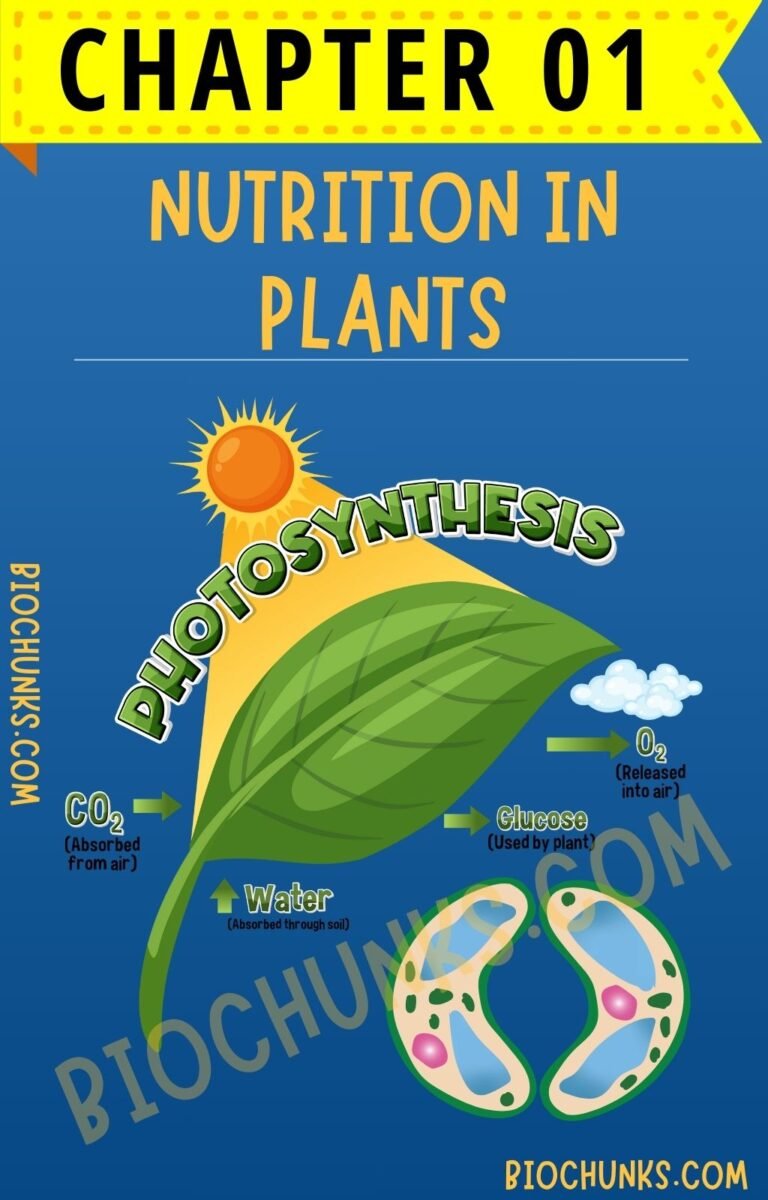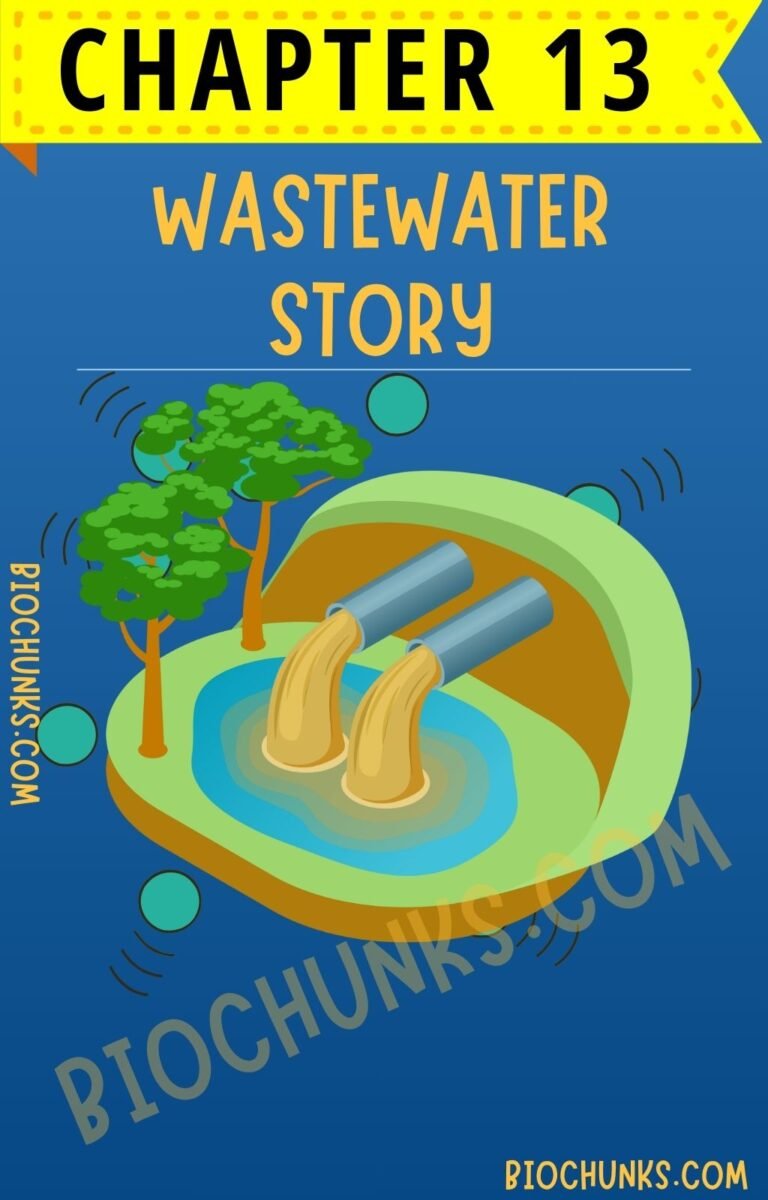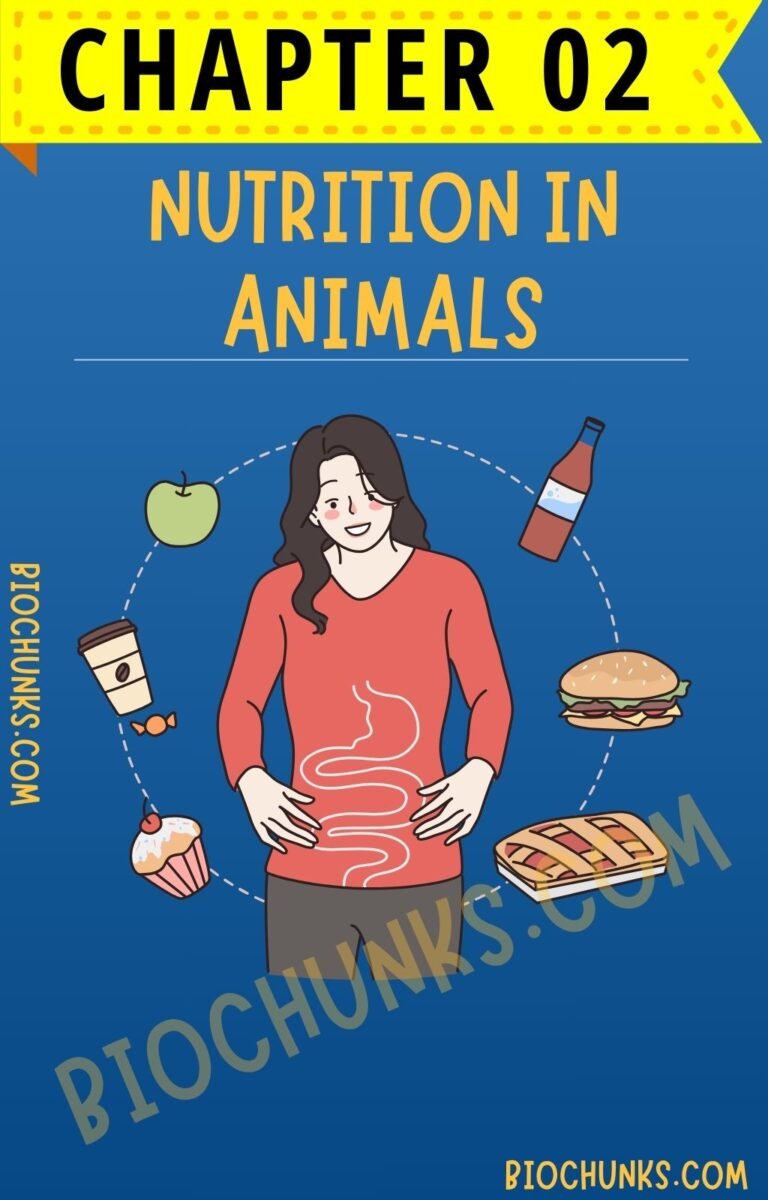Table of Contents (tap to open/close)
Circulatory System
All living things need food, water, and oxygen. They also need to get rid of waste. How does this happen? The heart and blood vessels, which make up the circulatory system, play a key role.
1. Blood
- What is blood?
Blood is a fluid that flows in blood vessels. It transports:- Digested food from the small intestine to other parts of the body
- Oxygen from the lungs to cells
- Waste for removal from the body
- Components of Blood:
- Plasma: The fluid part of blood.
- Red Blood Cells (RBCs): Contain haemoglobin, which binds oxygen and gives blood its red color.
- White Blood Cells (WBCs): Fight germs.
- Platelets: Help in blood clotting.
2. Blood Vessels
- Types of Blood Vessels:
- Arteries: Carry oxygen-rich blood from the heart to the body. They have thick, elastic walls because blood flows rapidly and at high pressure.
- Veins: Carry carbon dioxide-rich blood back to the heart. They have thin walls and valves to ensure blood flows only towards the heart.
- Capillaries: Thin tubes that connect arteries and veins, allowing exchange of substances between blood and tissues.
- Pulse:
- Feel your pulse by placing your fingers on your wrist.
- The throbbing is due to blood flowing in the arteries.
- Count your pulse beats per minute (pulse rate). A resting person usually has a pulse rate between 72 and 80 beats per minute.
Blood Donation
- Blood donation is harmless and painless.
- It can save lives and is stored in blood banks.
Interesting Fact
- Pulmonary Artery and Vein:
- Pulmonary artery carries carbon dioxide-rich blood from the heart to the lungs.
- Pulmonary vein carries oxygen-rich blood from the lungs to the heart.
Summary
The circulatory system, made up of the heart and blood vessels, transports essential substances throughout the body and removes waste. Blood, consisting of plasma, RBCs, WBCs, and platelets, flows through arteries, veins, and capillaries to perform these tasks.
3. The Heart
The heart is a vital organ that continuously pumps blood throughout the body, ensuring the transport of oxygen, nutrients, and waste.
Location and Structure
- The heart is in the chest cavity, slightly tilted to the left.
- It is about the size of your fist.
- The heart has four chambers:
- Atria (Upper Chambers): There are two atria.
- Ventricles (Lower Chambers): There are two ventricles.
- A partition between the chambers prevents the mixing of oxygen-rich and carbon dioxide-rich blood.
Blood Flow
- Blood flows from the right side of the heart to the lungs and back to the heart, then it is pumped to the rest of the body.
Heartbeat
- The heart’s chambers have muscular walls that contract and relax rhythmically, creating a heartbeat.
- You can feel your heartbeat by placing your hand on the left side of your chest.
- Doctors use a stethoscope to listen to heartbeats. A stethoscope has:
- A chest piece with a sensitive diaphragm
- Two ear pieces
- A connecting tube
Activity: Make a Stethoscope (click here)
- Materials Needed:
- Small funnel (6-7 cm diameter)
- Rubber tube (50 cm long)
- Rubber sheet or balloon
- Rubber band
- Steps:
- Fix the rubber tube to the funnel.
- Stretch the rubber sheet over the funnel’s mouth and secure it with a rubber band.
- Place the tube end in your ear and the funnel on your chest to listen to your heartbeat.
Measuring Heartbeat and Pulse
- Heartbeat and pulse rate are connected. Each heartbeat generates a pulse in the arteries.
- You can measure your pulse rate and heartbeat at rest and after running, then compare the results.
Interesting Facts
- Simple Animals: Sponges and hydra do not have a circulatory system. They use the water around them to transport food, oxygen, and waste.
- History: William Harvey discovered blood circulation. Initially ridiculed, his discovery is now a well-accepted fact.
Summary
The heart, with its continuous pumping action, ensures the proper circulation of blood, transporting essential substances and removing waste.
Excretion in Animals
Excretion is the process of removing waste products produced by cells in living organisms. Let’s learn how this happens in humans and other animals.
Excretory System in Humans
- Purpose: Remove waste present in the blood.
- Main Organs: Kidneys, ureters, bladder, and urethra.
- Process:
- Kidneys: Blood capillaries in the kidneys filter the blood.
- Useful substances are reabsorbed into the blood.
- Wastes dissolved in water form urine.
- Ureters: Urine travels from the kidneys to the bladder through tube-like structures called ureters.
- Bladder: Urine is stored in the bladder.
- Urethra: Urine is expelled from the body through the urethra.
- Kidneys: Blood capillaries in the kidneys filter the blood.
- Urine Composition:
- 95% water
- 2.5% urea
- 2.5% other waste products
- Average Output: An adult typically passes 1–1.8 liters of urine in 24 hours.
Sweating
- Function: Sweating helps cool the body.
- Composition: Contains water and salts.
- On hot days, sweat can leave white patches on clothes due to the salts.
Excretion in Different Animals
- Aquatic Animals (e.g., fish): Excrete ammonia, which dissolves in water.
- Land Animals (e.g., birds, lizards, snakes): Excrete uric acid, a semi-solid, white compound.
- Humans: Major excretory product is urea.
Kidney Failure and Dialysis
- Kidney Failure: When kidneys stop working due to infection or injury, waste accumulates in the blood.
- Solution: Dialysis, a process where an artificial kidney filters the blood.
Summary
Excretion is crucial for removing toxic wastes from the body. In humans, the excretory system, which includes the kidneys, ureters, bladder, and urethra, helps in this process. Different animals have different methods of excretion based on their habitat.
Transport of Substances in Plants
Plants need to transport water, minerals, and food to survive. Let’s see how this happens.
Transport of Water and Minerals
- Roots and Root Hair:
- Roots absorb water and minerals from the soil.
- Root hair increases the surface area for absorption.
- Xylem:
- Special pipe-like vessels made of cells form the xylem.
- Xylem transports water and nutrients from roots to leaves through a continuous network of channels.
Activity 7.3:
- Materials: Glass tumbler, water, red ink, tender herb, blade.
- Steps:
- Fill the tumbler one-third with water and add red ink.
- Cut the base of the herb’s stem and place it in the glass.
- Observe the herb the next day.
- Cut the stem to see the red color inside, showing water movement.
- Conclusion: Water moves up the stem through xylem, carrying minerals with it.
Transport of Food
- Phloem:
- Leaves make food through photosynthesis.
- Phloem transports this food to all parts of the plant.
Transpiration
- Process:
- Plants release water through stomata on leaves.
- Most of the absorbed water is not used and evaporates.
- This evaporation creates a suction pull, helping water move up tall trees.
- Transpiration also cools the plant.
Summary
Plants use roots, xylem, and phloem to transport water, minerals, and food. Transpiration helps move water up the plant and keeps it cool.
Chapter Summary:
- In most animals, blood distributes food and oxygen to cells.
- Blood also carries waste products for excretion.
- The circulatory system consists of the heart and blood vessels.
- In humans, blood flows through arteries and veins.
- The heart acts as a pump.
- Blood consists of plasma, RBC, WBC, and platelets.
- Blood is red because of the red pigment, haemoglobin.
- The human heart beats about 70–80 times per minute in adults (heart rate).
- Arteries carry blood from the heart to all body parts.
- Veins carry blood back to the heart.
- Excretion is the removal of waste products from the body.
- The excretory system in humans includes two kidneys, two ureters, a urinary bladder, and a urethra.
- Salts and urea are removed as sweat along with water.
- Fish excrete waste like ammonia, which dissolves in water.
- Birds, insects, and lizards excrete uric acid in semi-solid form.
- Roots absorb water and mineral nutrients from the soil.
- Nutrients and water are transported throughout the plant via xylem.
- Phloem transports food to various plant parts.
- Plants lose water vapor through stomata during transpiration.
- Transpiration creates a force that pulls water up from roots to stems and leaves.
Keywords
| Serial No. | Keywords | Serial No. | Keywords |
|---|---|---|---|
| 1 | Ammonia | 16 | Pulse |
| 2 | Artery | 17 | Red blood cell |
| 3 | Blood | 18 | Root hair |
| 4 | Blood vessels | 19 | Stethoscope |
| 5 | Capillary | 20 | Sweat |
| 6 | Circulatory system | 21 | Tissue |
| 7 | Dialysis | 22 | Urea |
| 8 | Excretion | 23 | Ureter |
| 9 | Excretory system | 24 | Urethra |
| 10 | Haemoglobin | 25 | Uric acid |
| 11 | Heart beat | 26 | Urinary bladder |
| 12 | Kidneys | 27 | Vein |
| 13 | Phloem | 28 | White blood cell |
| 14 | Plasma | 29 | Xylem |
| 15 | Platelets |




